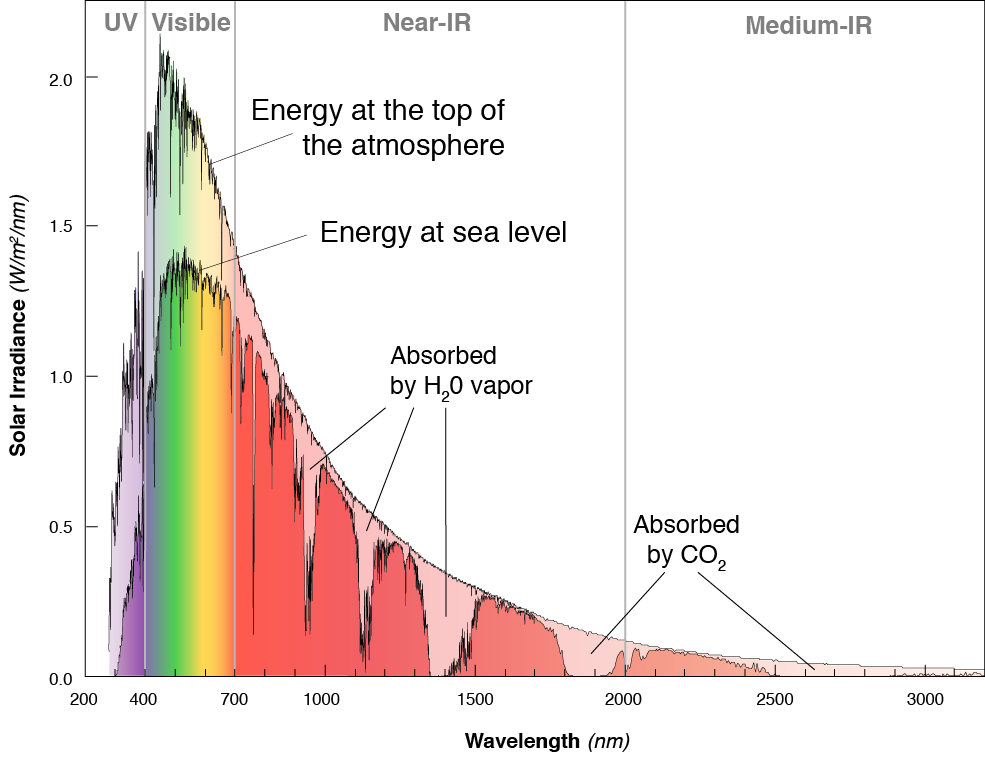Need
Active Member
You get a tan from UV, the windshield, roof, and rear glass should all be laminated which should get rid of almost all UV radiation in the car from those pieces. Side windows usually aren't so there is a chance you'll be getting a tan on the left side of you face and left arm as you drive, depending on angle of the sun.
I believe all glass are UVB protected, so you are not going to get much of a tan on your left side if the window is closed. However, the side window is not UVA protected so you will get premature skin aging and a higher chance of skin cancer on driver side of your arm and face.





